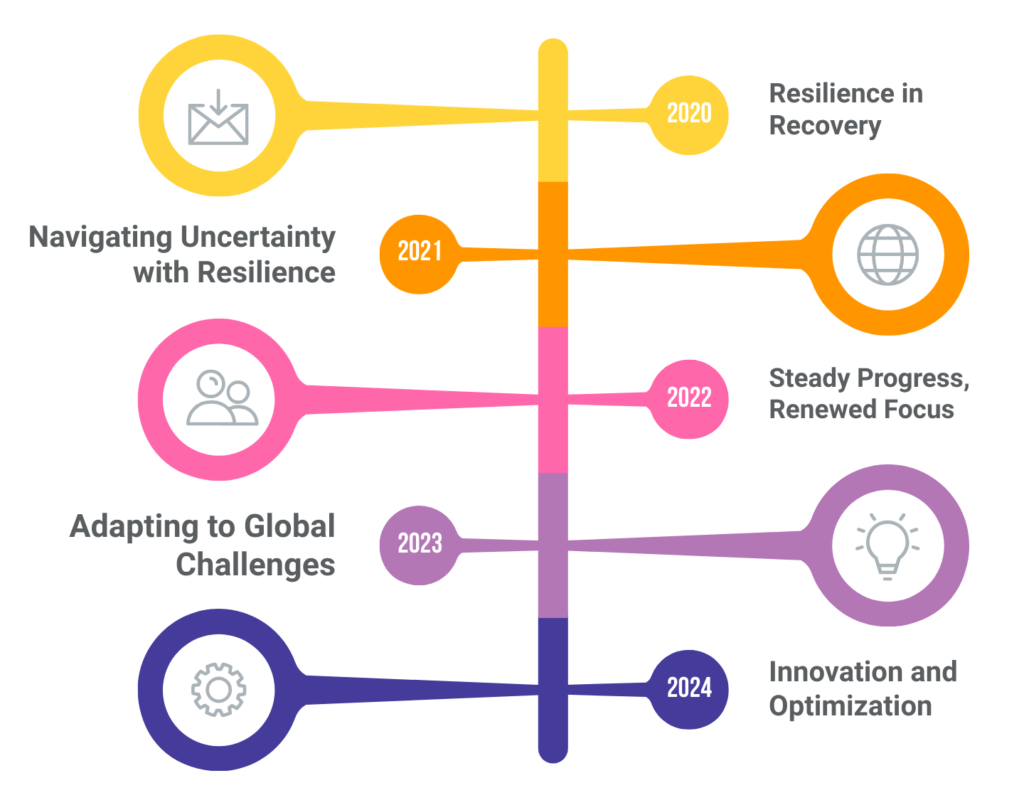Streamlining Operations
Anesthesia operation services can significantly ameliorate the effectiveness of healthcare operations. By managing anesthesia brigades, scheduling anesthesia staff, and icing outfit vacuity, these services help detainments in surgery.
This streamlined approach benefits both the healthcare provider and the case, leading to further timely and effective care.
Different Models of Anesthesia Management Services
There are several models of anesthesia operation services, each with its own approach to furnishing anesthesia care. These models vary depending on factors similar as the size of the healthcare installation, its position, and the specific requirements of the patient population.
1. In- House Anesthesia Management Services
In- house anesthesia operation involves hospitals or surgical centers directly employing their own anesthesia staff. This model allows for close control of anesthesia services and facilitates integration with other departments. Still, it can be resource- ferocious, taking significant investment in reclamation, training, and executive support.
2. Outsourced Anesthesia Management Services
Outsourcing anesthesia operation services to a technical company has come decreasingly popular, especially in lower or pastoral healthcare installations. This model offers cost-effective results by furnishing access to educated anesthesia providers without the overhead costs associated with maintaining an in- house platoon.
3. Mongrel Model
In some cases, healthcare installations conclude for a mongrel model, where part of the Anesthesia Management Services is managed in- house while the rest is outsourced. This allows hospitals to maintain control over critical aspects of anesthesia care while serving from the inflexibility and cost savings offered by outsourcing.
Benefits of Outsourcing Anesthesia Management Services
Outsourcing anesthesia operation services offers multitudinous advantages to healthcare installations. These include access to technical moxie, reduced executive burden, and bettered patient care.
Want to explore how anesthesia management services improve patient safety during complex procedures?
Access to Specialized Expertise
Anesthesia operation companies employ largely trained anesthesiologists, certified registered nanny Anesthetists (CRNAs), and other anesthesia professionals. By outsourcing these services, healthcare installations gain access to a platoon of experts who are well- clued in the rearmost anesthesia ways and safety protocols.
Reduced executive Burden
Managing anesthesia services in- house can be grueling, especially in large hospitals where multitudinous procedures are performed daily. Outsourcing anesthesia operation services reduces the executive workload, as the external provider takes responsibility for staffing, credentialing, and nonsupervisory compliance.
Advanced Cost effectiveness
Outsourcing anesthesia operation services can lead to significant cost savings. External providers are frequently more equipped to manage staffing and resource allocation, leading to bettered effectiveness and reduced functional costs. This allows healthcare installations to allocate coffers more effectively while maintaining high norms of patient care.

Trends in Anesthesia Management Services
The field of anesthesia operation is continually evolving to meet the demands of ultramodern healthcare. Several trends are shaping the future of anesthesia operation services, including technological advancements, changing nonsupervisory surroundings, and shifts in patient demographics.
Technological Advancements
Advances in technology are transubstantiating anesthesia operation services, making anesthesia care more precise and substantiated. For illustration, electronic anesthesia records (cognizance) ameliorate attestation and communication between anesthesia providers and other healthcare professionals, leading to better care collaboration.
Also, new monitoring bias enable real- time shadowing of a case’s vital signs, allowing for quicker responses to changes in their condition.
| Aspect In-House vs. Outsourced Anesthesia Management |
| Control High level of control with in-house management; moderate control with outsourcing. |
| Cost Higher due to full-time staff and overhead costs with in-house; often lower with outsourcing due to flexible contracts. |
| Expertise Depends on internal staff; access to specialized expertise with outsourcing. |
| Administrative Burden High, requires internal management of staffing and compliance; lower with outsourcing as these tasks are handled externally. |
Emphasis on Value- Based Care
Value- grounded care is getting an important trend in healthcare, and Anesthesia Management Services are no exception. This approach focuses on delivering high- quality care while controlling costs. Anesthesia operation providers are espousing value- grounded models that emphasize patient issues and satisfaction.
By reducing complications and perfecting effectiveness, value- grounded anesthesia operation services contribute to overall healthcare enhancement.
Growing Need for Anesthesia in Non-Hospital Settings
As the demand for inpatient procedures continues to grow, so does the need for anesthesia operation services in non-hospital settings, similar as itinerant surgical centers (ASCs) and office- grounded surgical suites. These settings bear anesthesia services that are both effective and adaptable to meet the unique requirements of inpatient care.
Challenges Faced by Anesthesia Management Services
Despite the multitudinous benefits of anesthesia operation services, providers in this field face several challenges, including nonsupervisory compliance, staffing dearth’s, and maintaining high norms of patient care.
Want to discover how anesthesia management services optimize operations in outpatient surgical centers?
Regulatory Compliance
Anesthesia operation services must cleave to strict regulations set by healthcare authorities and professional associations. These regulations cover areas similar as staffing conditions, safety protocols, and attestation practices. Staying biddable with these evolving rules can be complex, particularly for outsourced providers managing multiple healthcare installations.
Staffing Dearth’s
The demand for anesthesia professionals continues to outpace force, leading to staffing dearth’s in numerous areas. This challenge is particularly acute in pastoral or underserved regions, where it can be delicate to attract good anesthesia providers. Addressing this issue requires innovative results, similar as telemedicine for remote consultations and expanding the part of CRNAs in anesthesia care.
Maintaining High norms of Care
Ensuring harmonious, high- quality care across multiple installations can be delicate for anesthesia operation providers, particularly those with large networks of guests. Maintaining high norms of care requires ongoing training, rigorous quality assurance processes, and effective communication among providers.
Conclusion
Anesthesia operation services are a vital element of ultramodern healthcare, furnishing safe and effective anesthesia care for a wide range of surgical and individual procedures. By offering technical moxie, reducing executive burdens, and perfecting cost effectiveness, anesthesia operation services help hospitals and surgical centers deliver high- quality case care.
As the healthcare geography continues to evolve, these services will play a decreasingly important part in icing patient safety and functional success. Embracing technological advancements, addressing staffing challenges, and conforming to new nonsupervisory conditions will be pivotal for the future of anesthesia operation services.
FAQs
Which elements make up the core of Anesthesia Management Services?
Pre-operative evaluations, anesthesia staffing, intra-operative anesthesia care, post-operative monitoring, and adherence to safety procedures are among the essential elements.
What advantages come with contracting out Anesthesia Management Services?
Access to specialist knowledge is made possible through outsourcing, which also lessens administrative work, boosts cost effectiveness, and improves patient care overall.
What distinguishes in-house from external Anesthesia Management Services?
The hospital oversees internal management directly, while outside businesses handle outsourcing services. Flexibility, financial savings, and availability of specialized anesthesia providers are common benefits of outsourcing.

